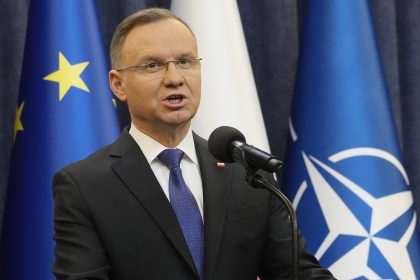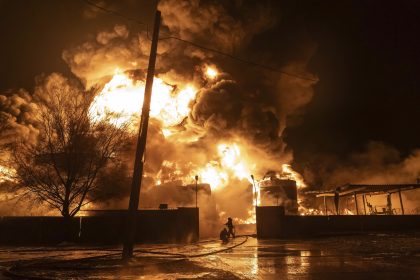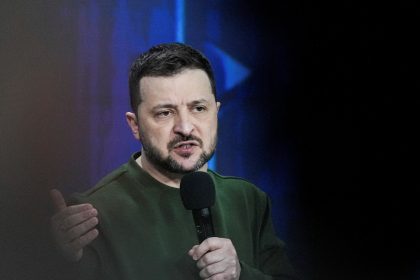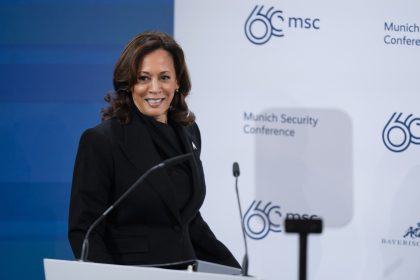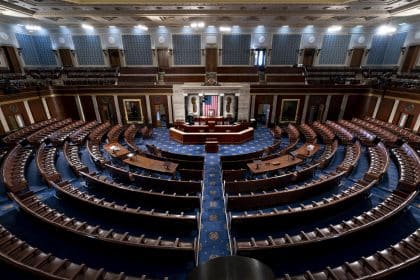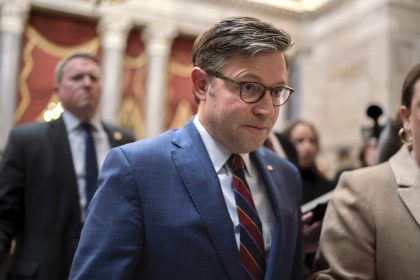NATO Military Exercises in the Arctic Were Preplanned, Yet Providential
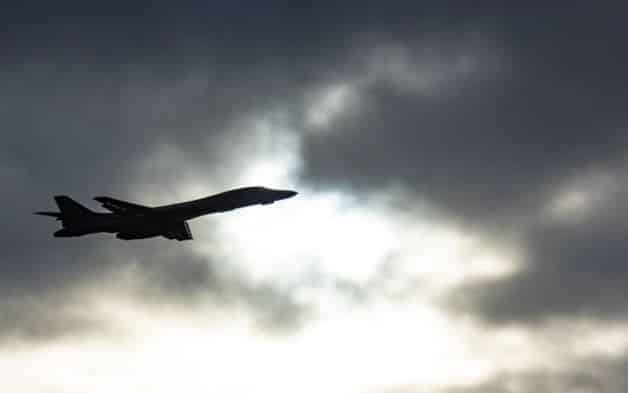
WASHINGTON — While the Arctic is an area of increasing military competition, planned military demonstration exercises off the shores of Norway are happening this week as part of a regular schedule that takes place every other year — and not in response to any specific Russian threat.
Exercise Cold Response 2022, which a Russian delegation was invited to observe but declined, involves some 30,000 troops from 27 nations operating together to demonstrate their ability to compete in one of the harshest environments in the world.
But while the demonstrations are not reactionary, Arctic nations are concerned about how Russia’s actions in Ukraine will affect Arctic cooperation now and into the future and are using these exercises to stoke interest in regional and global security in the Arctic.
“All eight Arctic nations have worked together to advance a region that is stable and committed to the rule of law,” Mike Sfraga, founding director of the Wilson Center’s Polar Institute and chair of the U.S. Arctic Research Commission, recently told an online gathering of the Polar Institute and the Norwegian Institute of International Affairs.
“In the past … days, you and I have witnessed the fabric of Arctic cooperation fraying because of the actions of one Arctic nation, outside of the Arctic region. But the implications of these actions have rippled through every facet of the Arctic.”
Arctic experts at the Wilson Center discussion examined how recent events affect what had previously been a region of low tension and cooperation in the Circumpolar North, including the unprecedented temporary but indefinite pause of the Arctic Council — which Russia currently chairs.
“I think Russia’s standing in the Arctic has … been reduced to junk status,” James P. DeHart, U.S. coordinator for the Arctic Region in the U.S. State Department said, “because the Arctic is a region of strong rules and international law, a commitment to sovereignty, and territorial integrity. And when Russia violates those core principles so egregiously, not so far from the Arctic, how can it be otherwise that they lose standing everywhere?”
“There is no defensible return to any kind of new normal, or even the post-2014 normal we had with Putin and Russia,” Elana Wilson Rowe of the Norwegian Institute of International Affairs said. “The pause, or freeze, was unavoidable with respect for international law, which is a key aspect for the Arctic, so the Arctic Council could not be used as business as usual … for Russia.”
Yet despite current events, many believe that some practical, cross-border maritime operations should continue, not to mention that it could be detrimental to the Earth to wait out a military conflict to continue research on climate change.
Putin’s war is not in the Arctic, but the Arctic does not remain untouched.
“In the Arctic, Russia is quite well served by international law and international order,” Rowe reminded. “So perhaps [Russia] is not likely to challenge it there. But [Arctic nations] can’t be accepting partial engagement with international law.”
So a region that has environmental and commercial connectivity to the entire world is feeling the tension of a shifting geopolitical landscape that is changing due to the actions of its largest member, and NATO member countries and partners just happen to have planned military exercises there, testing their ability to work together on land, in the air and at sea.
“NATO at this moment does not have an Arctic strategy or clear Arctic policy, and its approach to the Arctic has been particularly cautious,” Katarina Kertysova, policy fellow with the European Leadership Network, said.
“Cold Response will likely make waves,” she warned. “Not doing the exercise would have been seen by Putin as a lack of resolve, so it is good for deterrence, but there is always the risk of unintended escalation.”
Kate can be reached at [email protected]

















